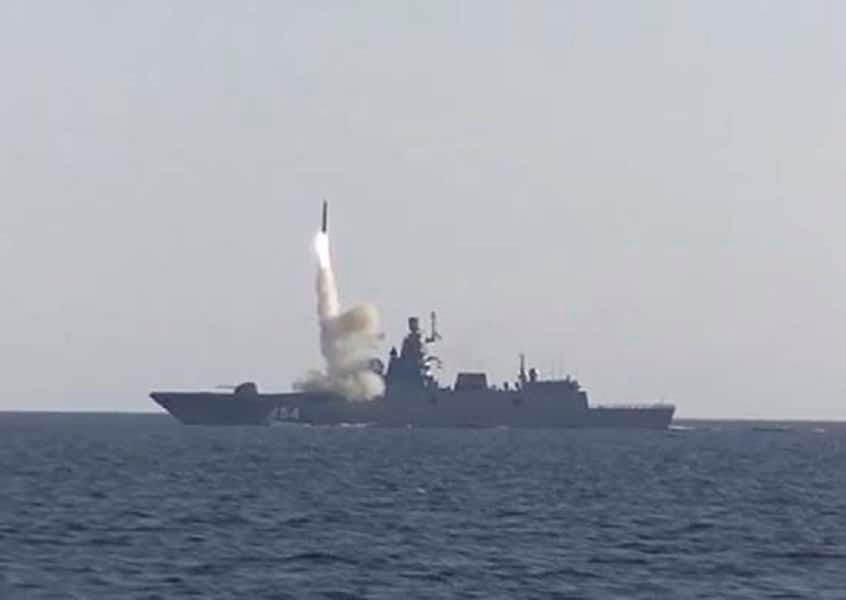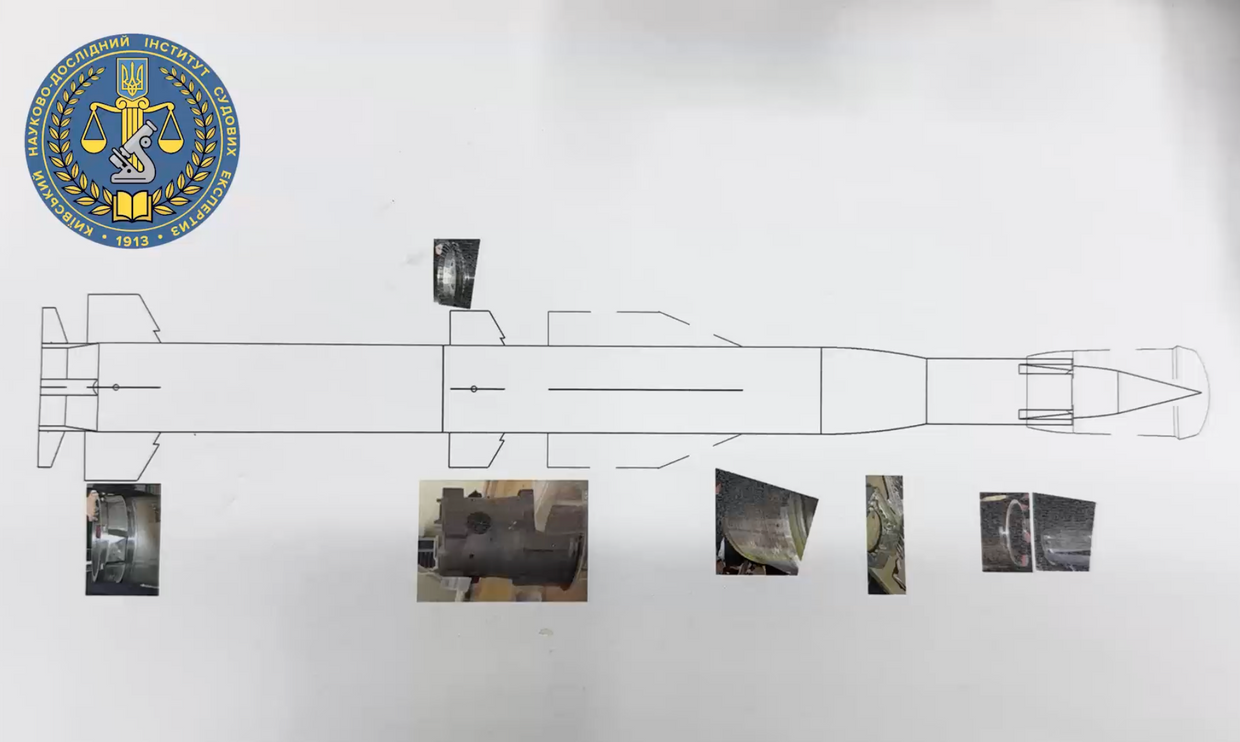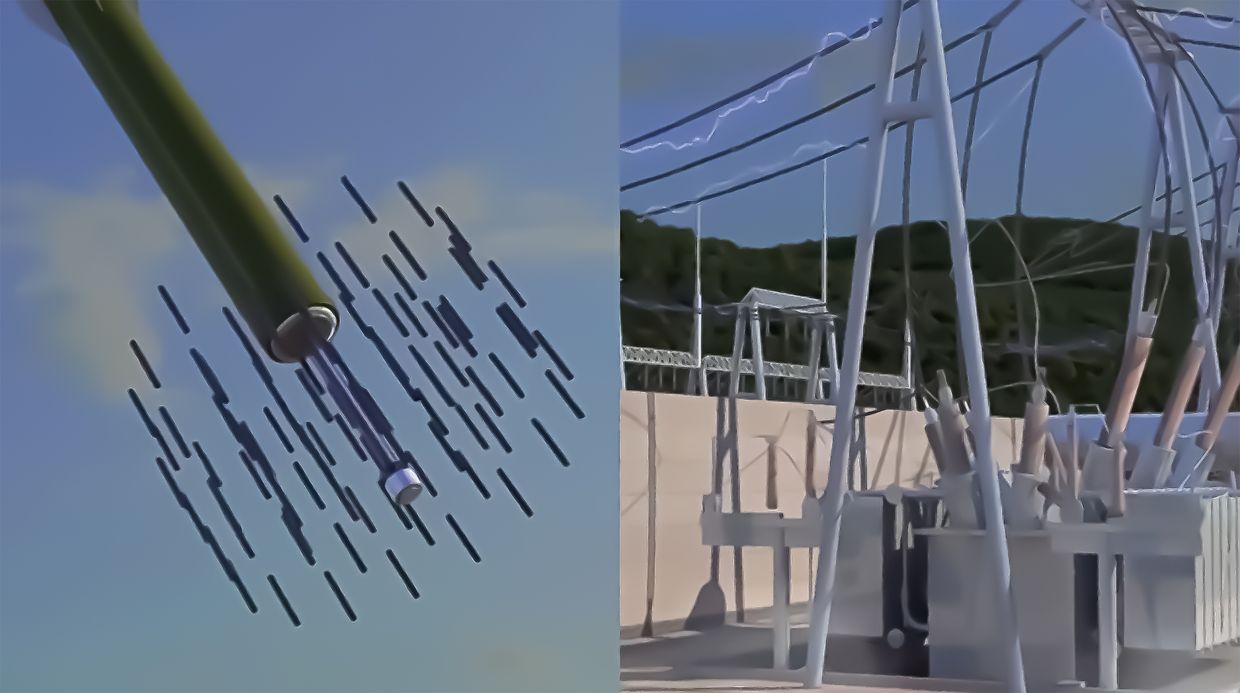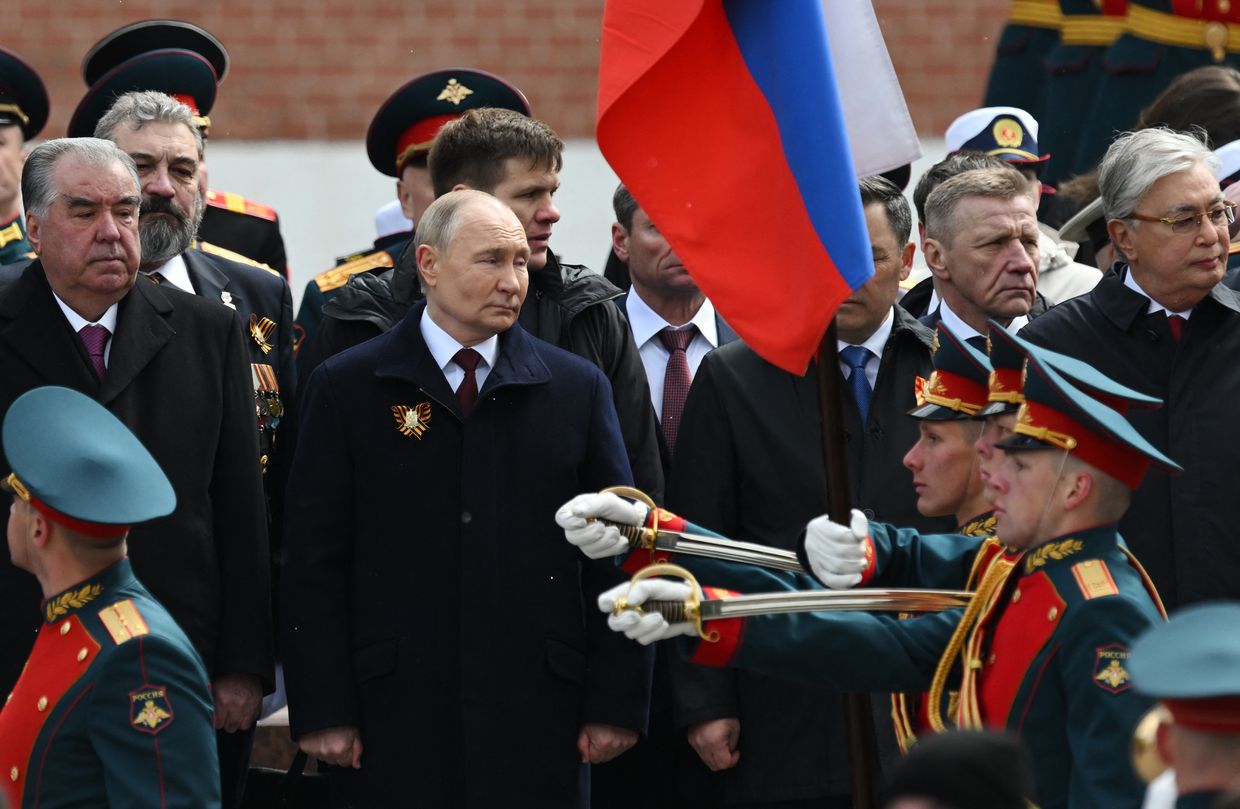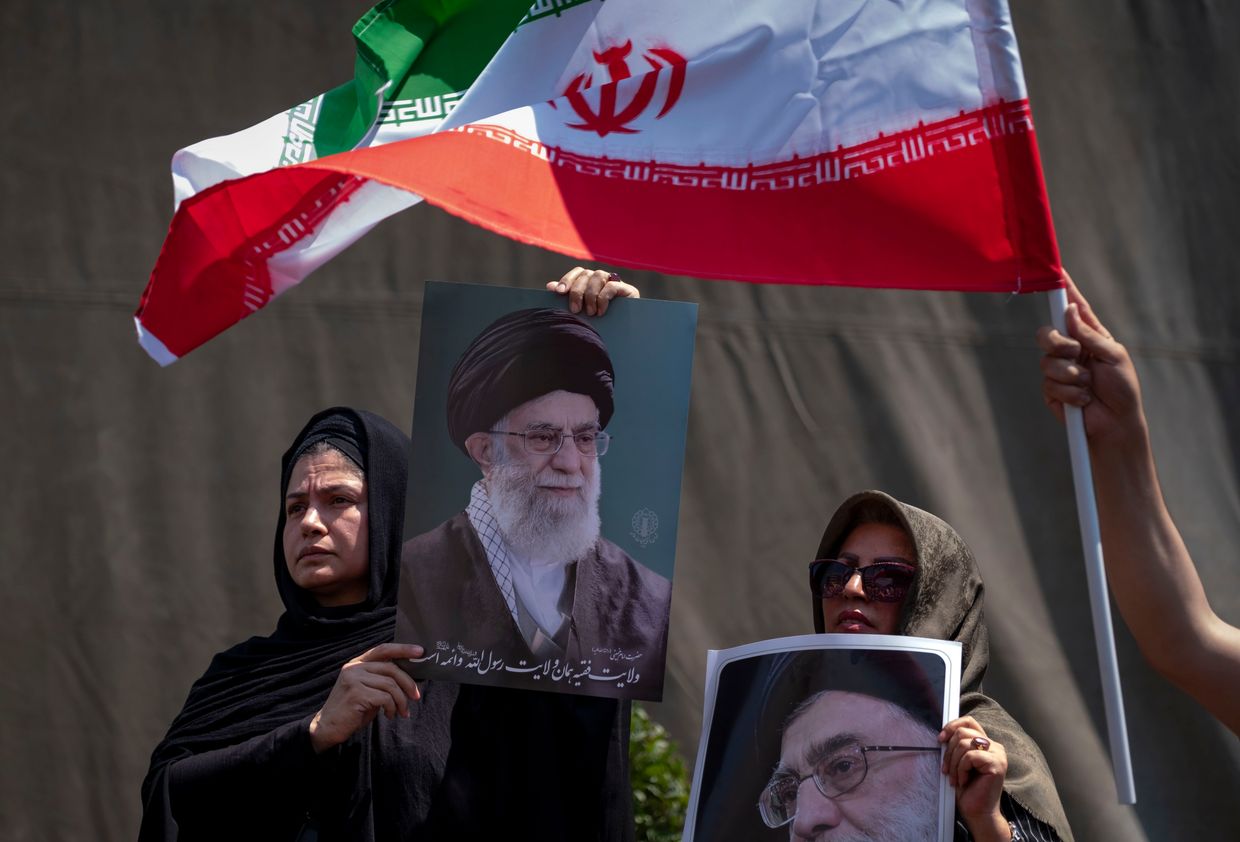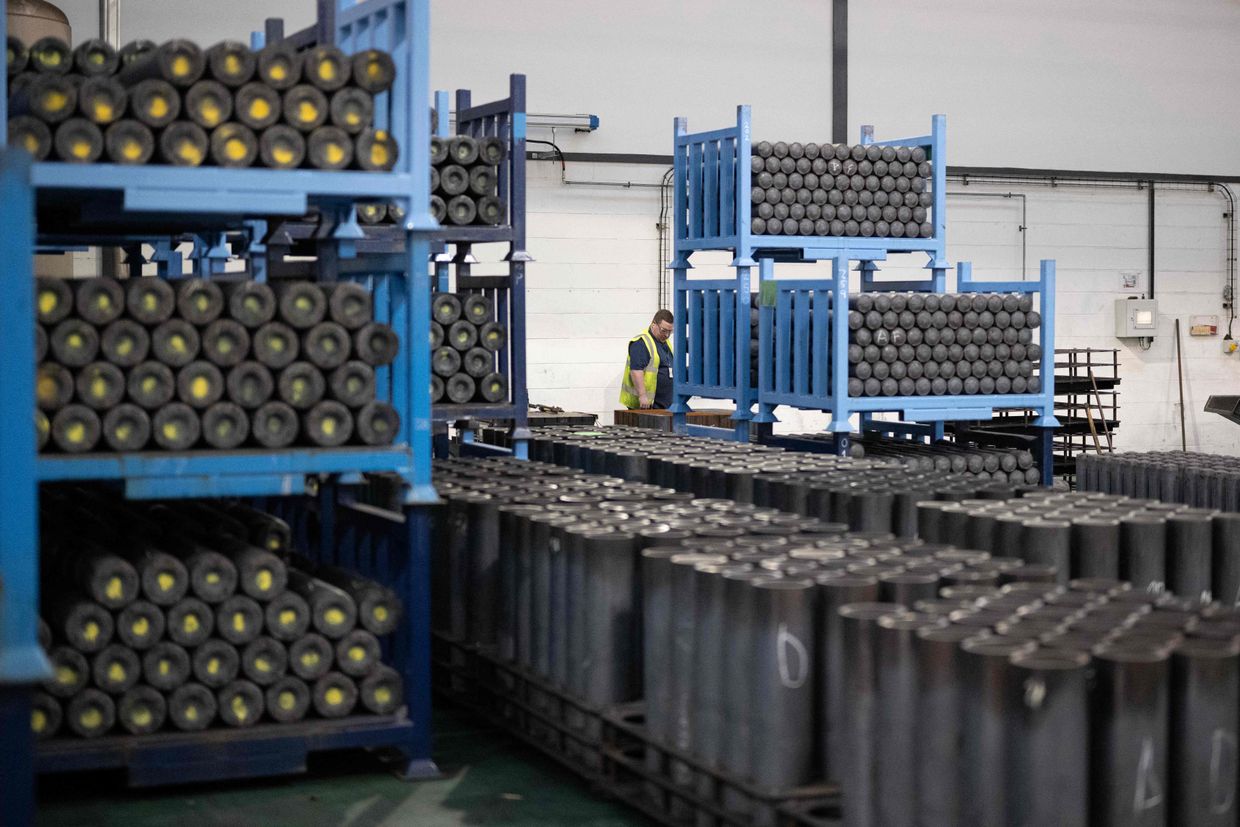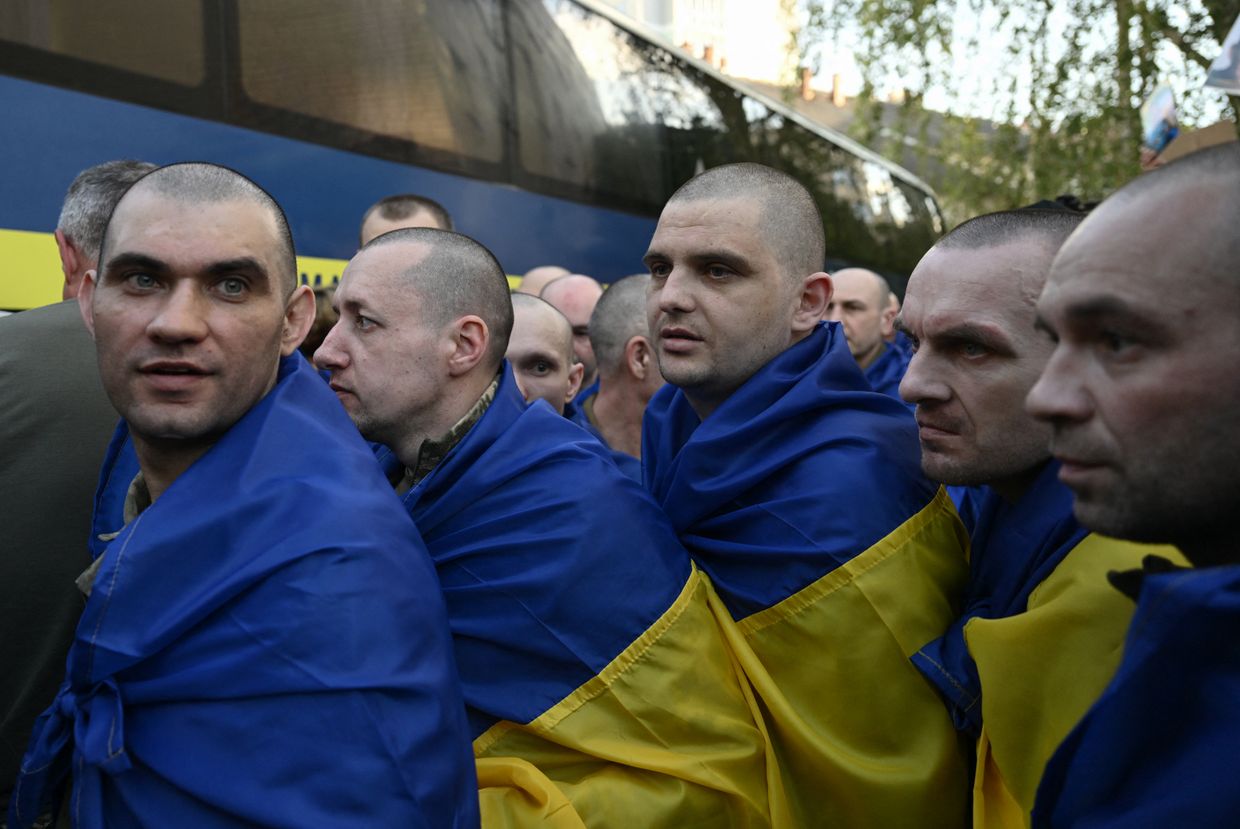While Russian missile strikes on Kyiv have become horrifyingly routine during the full-scale invasion of Ukraine, the attack that occurred on March 25 was a rare event.
Air raid sirens that normally give people more than enough time to grab a coat and get to the nearest shelter before missiles reach the airspace above them had only been sounding for a matter of seconds when a series of explosions rocked the capital.
Those sounds were Kyiv's air defenses intercepting what were reportedly two Russian 3M22 Zircon missiles, parts of which fell to the ground in several districts of the city, injuring two people and destroying parts of the Kyiv State Academy of Decorative and Applied Arts.
While the exact type of missile was not definitively confirmed as a Zircon by authorities, initial analysis of the debris strongly suggested it was.
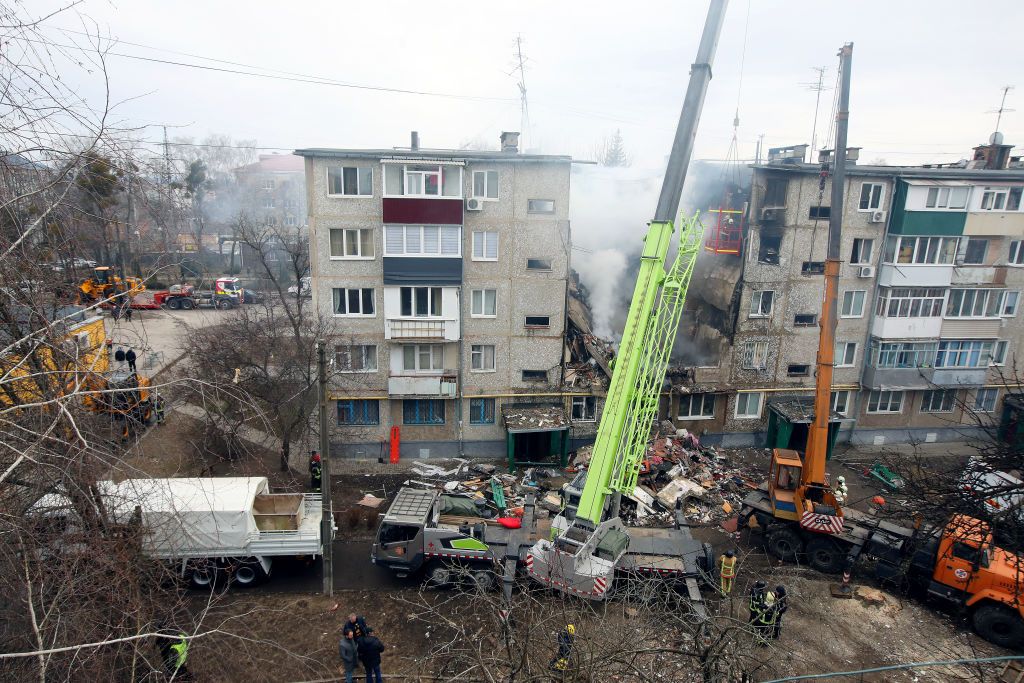
Two days after the attack, spokesperson for Ukraine's Operational Command South, Natalia Humeniuk, warned that Russia had "several dozen such missiles stockpiled at military hubs like (occupied) Crimea."
"They can continue sporadic terror attacks, including targeting the capital," she added.
What is a Zircon?
The Zircon missile is a relatively new entrant into Russia's arsenal of weapons targeting cities like Kyiv, meaning there's relatively little information on it so far.
"Statements of the Russians regarding Zircon contain a significant share of propaganda and psychological influence," Andrii Kharuk, a historian and weapons expert, told Kyiv Independent.
"Therefore, it is possible that its capabilities are exaggerated," he added.

In 2019, Russian President Vladimir Putin claimed it would be "a hypersonic missile able to accelerate to about Mach 9" and have a range of "over one thousand kilometers," boldly declaring it "invincible."
Yet, it did not quite live up to the hype.
Typically, Russia uses both types of long-range missiles – cruise and ballistic.
Cruise missiles are jet-powered and have a typical subsonic (slower than Mach 1, the speed of sound, which is 1,234.8 kilometers an hour) flight speed of around 880 kilometers per hour over a flat trajectory.
Often launched from heavy bomber aircraft over the Caspian Sea, their relatively slow flight speed gives Ukraine advance warning – sometimes hours – of an impending attack.
Ballistic missiles are fired high into the atmosphere before falling to their targets in an arc, attaining speeds several times the speed of sound before hitting their target.
Among such weapons is Russia's hypersonic Kinzhal missile, which is far more difficult – though not impossible – to intercept and shoot down.
The Kremlin has claimed the Kinzhal can reach a top speed of Mach 10, though only for a short duration of its flight, and its effective maneuverability at such speeds has been questioned.
Zircon is a new kind of threat. Technically, a cruise missile is powered by what is called a scramjet, giving the missile the necessary hypersonic push.
The missile or aircraft it's attached to still needs to achieve supersonic speeds, over Mach 1, before it will work, so a traditional solid-fuel engine provides the first stage of flight before the scramjet propels it to hypersonic speeds of over Mach 5, or 6,174 kilometers per hour.
What extra threat does the Zircon pose?
The Zircon was originally designed to be an anti-ship missile, so its use against cities is a marked deviation and a sign of Moscow's continued attempt to penetrate Kyiv's air defenses.
It reportedly carries a 300-kilogram warhead, which is smaller than that carried by subsonic Russian cruise missiles, though the sheer kinetic energy of a hypersonic missile hitting a target more than makes up for this.
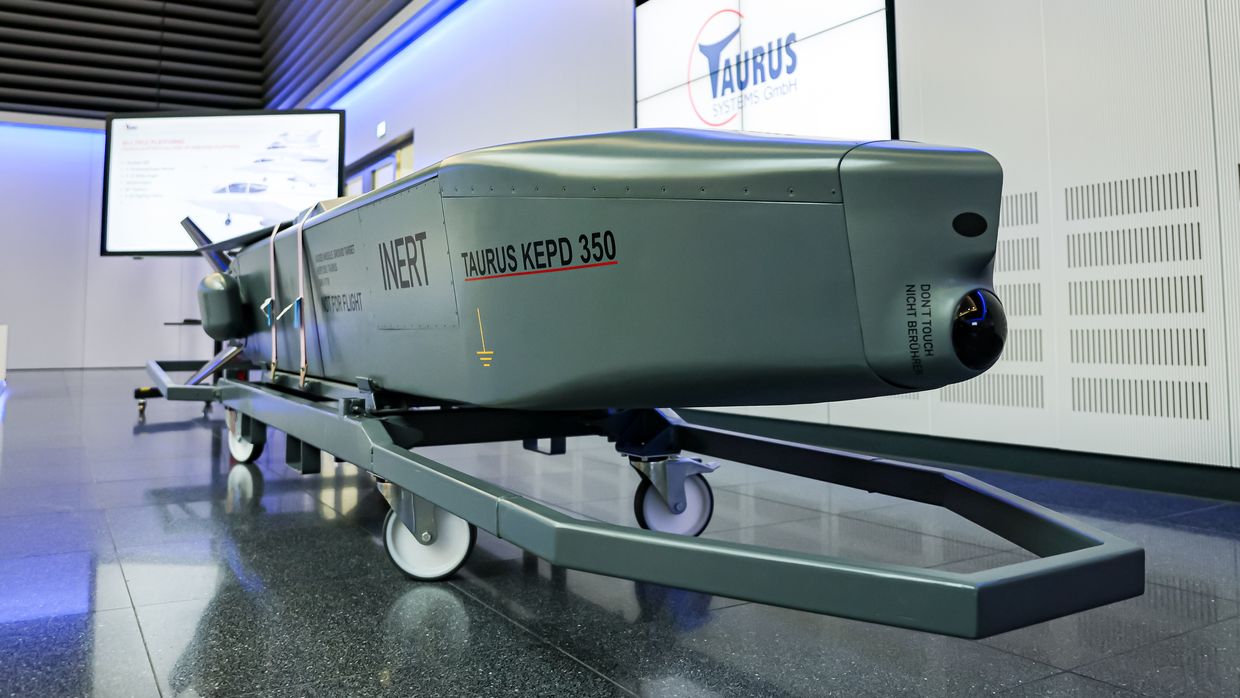
But explosive power aside, there's no doubt Russia will have hoped the Zircon's speed would allow it to defeat Kyiv's air defenses, significantly bolstered since the launch of the full-scale invasion by Western-supplied systems.
"Zircon does not pose an additional threat by itself, but as part of combined strikes," Kharuk said. "The use of hypersonic missiles in combination with (subsonic) cruise missiles and drones significantly increases the probability of a breakthrough of Ukrainian air defenses."
The U.S.-made Patriot systems have already shown that the Kinzhal – also once dubbed invincible by the Kremlin – is anything but, although Ukraine's ability to down such missiles depends on continuing U.S. aid, which currently is not a given.
The Zircon does have one major advantage over the Kinzhal, which was also amply demonstrated during the same attack.
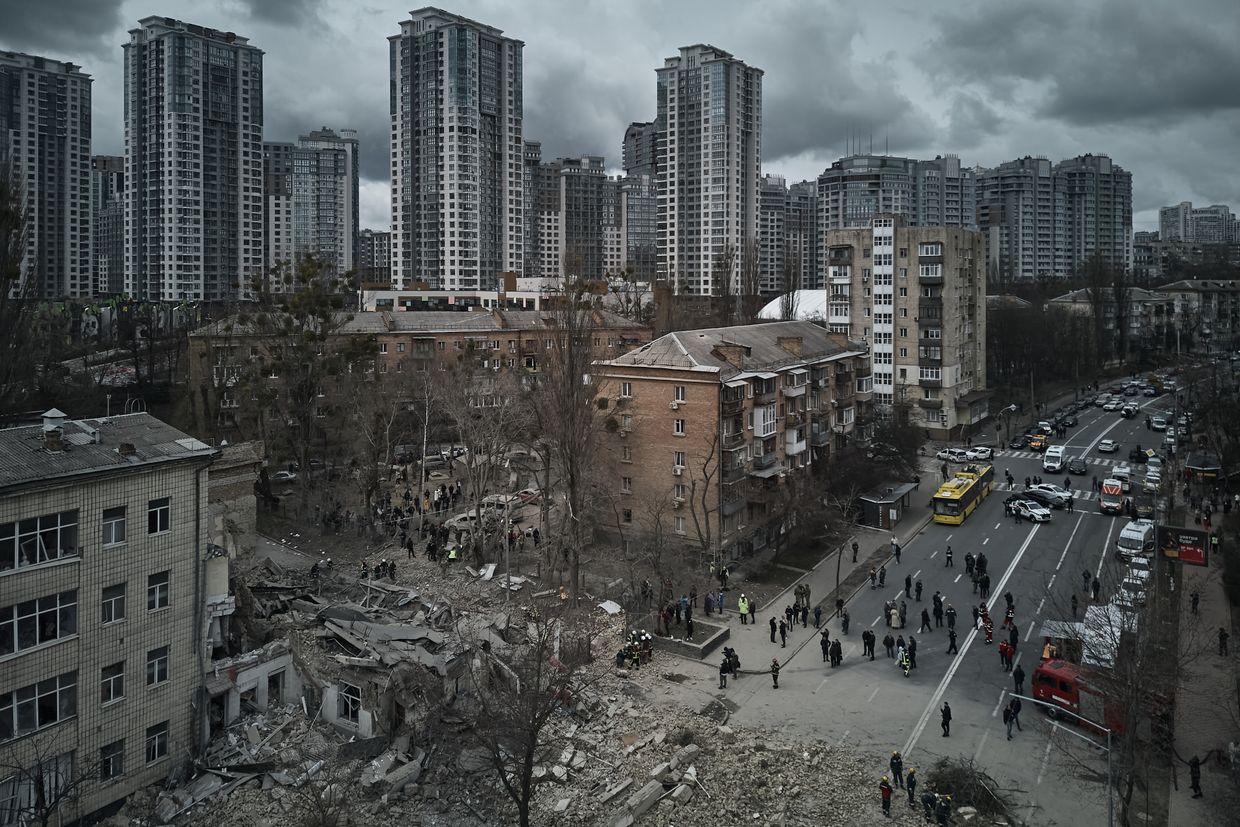
The Kinzhal is fired from MiG-31 planes, which Ukraine closely monitors. As soon as one takes off, a country-wide air alert is imposed over all of Ukraine, giving people time to get to a shelter, though they're so frequent that after more than two years, they are ignored by many.
The ballistic missiles aimed at Kyiv on March 25 were fired from ground launchers, which is why there was only a few seconds warning.
And even if they are successfully intercepted, the falling debris can kill and injure those who had no time to seek safety.
But while they're yet another threat to consider for those living in Ukraine's cities, experts don't believe they will change the bigger picture significantly.
"There are currently no signs that the Russians will be able to use Zircons en masse because this weapon is very complex and expensive," Kharuk said. "Their launches will remain individual, against the background of dozens of cruise missiles and drones."




